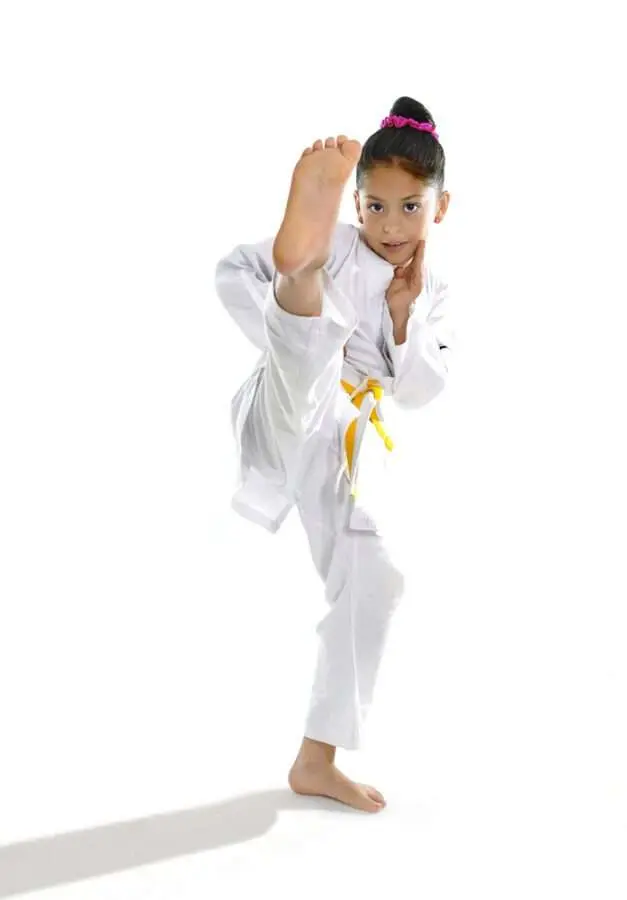
The feet of athletes who engage in combat sports are subjected to significant strain, whether it’s for balance, agility, or generating impact. In this context, it becomes clear why preparing them for exertion is essential. But where should one start to prevent injuries? Here are our tips for avoiding foot injuries during your combat sports training.
The Most Common Foot Injuries During Combat Sports
In 2019, the National Institute of Public Health of Quebec (INSPQ) reported that combat sports were among the activities with the highest number of injuries. The most common reasons for consultation with podiatrists in this context are fractures, inflammations, and muscle injuries. It’s no mystery that combat sports can expose athletes to traumatic injuries caused by impact. When the ligaments of the joints are affected, it’s referred to as a sprain. The severity of the sprain can be assessed by a podiatrist during an examination to determine if the ligaments are torn or just stretched. In cases of severe impact, the foot or ankle may even suffer fractures, leading to a longer recovery period often requiring a break from activities.
However, there are also less severe injuries. For example, an unprepared foot may struggle to absorb impacts. A too-tight plantar arch can lead to inflammation of the plantar fascia, resulting in plantar fasciitis. This inflammation can also occur around the ankle, as seen in Achilles tendonitis. The Achilles tendon plays a crucial role in foot and leg movements. If it becomes too rigid, tissues can become inflamed, leading to stiffness and pain. Here are some methods to take care of your feet to avoid these unpleasant consequences.
Taking Care of Your Feet with Warm-up and Stretching
Incorporating a 10-minute routine into your training plan is sufficient to prevent injuries and painful cramps. This helps stimulate blood circulation, prepare muscles for exertion, and raise your body temperature. With the heat generated, your muscles become more flexible and better able to withstand impacts.
You can start by warming up your joints with ankle rotations (clockwise and counterclockwise). Follow this with brisk walking or light jogging. This will raise your body temperature and get your heart rate up. You can finish by incorporating impact exercises, such as jump roping, for example. If you prefer, you can also improve muscle flexibility with some stretches. Opt for short-duration dynamic stretches.
After your session, it’s essential to stretch. Stretching helps relax muscles that have built up lactic acid and aids in their recovery. You should feel a sense of calm and relaxation in your body. For your feet, you can gently roll a ball on the ground and apply your body weight to it. Self-massage is also an excellent relaxation method that helps release accumulated tension under the foot.
Strengthening and Stabilizing Feet and Ankles to Prevent Injuries
Some injuries can occur when the foot and ankle lack stability. To address this, here are some simple strengthening exercises you can do at home or before a workout.
To work on your leg and foot strength, there’s nothing quite like squats. This well-known strengthening exercise has the advantage of targeting the entire chain of lower limbs, and its many variations allow you to focus on specific areas. To warm up, you can do two to three sets of squats while controlling your movements. Keep your back straight and press your heels into the ground to activate your muscles all the way down to your feet. You can increase the warm-up’s intensity by incorporating jump squats, which are more dynamic and also help strengthen the ankle.
Furthermore, if you wish to specifically concentrate on your ankles, you can perform toe raises. Stand with your legs together, rise onto the balls of your feet while keeping your back straight, and control the movement. Hold for a second at the top of the movement, then lower down slowly. Repeat this exercise about ten times to properly warm up your ankles. It also helps with stability and awareness of your points of contact with the ground.
The Podiatrist’s Tips for Preventing Foot Injuries
If you regularly participate in combat sports, it can be beneficial to schedule regular visits to your podiatrist. They can assess the overall health of your feet, provide advice on the most suitable footwear, and offer foot care. Please check the list of our clinics to schedule your next appointment.